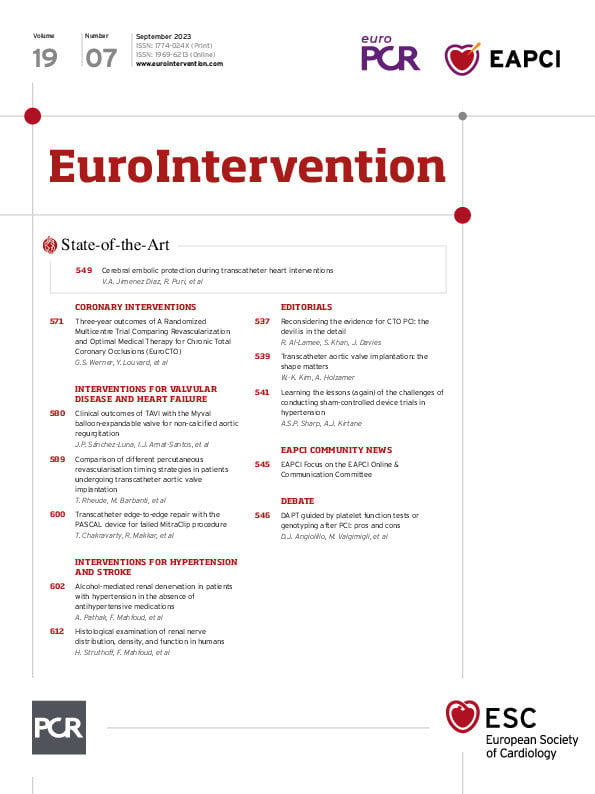An interview with the Chair, Erik Rafflenbeul

Figure 1.
What is the role of the committee?
The EAPCI Online & Communications Committee’s key role is facilitating effective communication between the EAPCI and EAPCI members. The committee actively participates in managing the digital presence and communication strategies of the EAPCI, aiming to effectively disseminate information and engage the interventional cardiology community.
How does the EAPCI Online & Communication Committee benefit the cardiology community?
The EAPCI Online & Communication Committee aims to share EAPCI knowledge and resources and facilitate meaningful communication amongst EAPCI members. The committee promotes EAPCI activities online via the EAPCI Twitter @EAPCIPresident and LinkedIn accounts. Through our digital presence we highlight, amongst other things, the latest EAPCI consensus papers, which serve as a valuable resource for the community, promoting evidence-based practice and advances in interventional cardiology. We aim to assist the community to stay up to date with the most relevant information, foster continuous professional development and enable members to improve outcomes for their patients.
How does the Online & Communication Committee work with the other EAPCI committees?
Through close collaboration with all other EAPCI committees, we aim to provide support for digital initiatives, collate and promote the activities of the other committees and increase the visibility of the work carried out across the EAPCI. Together with the relevant committees, we aim to engage members in initiatives from each committee, facilitating cohesive communication of the benefits of EAPCI membership, such as the EAPCI Certification programme in collaboration with the Training and Certification Committee.
What has been your committee’s biggest achievement so far this term?
The biggest achievement of our committee so far this term has been the establishment of the EAPCI Journal Club with the credo #ByTheFellowsForTheFellows. This initiative brings together interventional cardiology fellows from around the world with experts to engage in insightful discussions and critical analysis of the latest interventional research papers. The EAPCI Journal Club provides a platform for fellows to enhance their knowledge, exchange ideas, and also strengthen their research skills. This collaborative and interactive format has garnered significant appreciation and participation, fostering a vibrant and dynamic community of young professionals in interventional cardiology. The first 2 episodes have been a resounding success, and we’re highly anticipating episode 3. If you missed out, catch up on ESC365.
How are topics chosen for the Journal Club and how can EAPCI members contribute?
Topics are carefully chosen based on the needs and interests of the EAPCI membership, emerging trends in interventional cardiology and input from experts in the field. EAPCI members can contribute by suggesting topics, sharing their expertise and actively participating in discussions and feedback sessions in order to shape the educational content.
How can EAPCI members become involved in the work of the EAPCI Online & Communication Committee?
EAPCI members can actively engage with the work of the EAPCI Online & Communication Committee by getting in direct contact with myself, Erik Rafflenbeul (@KardiologieHH), or my co-chair, Nicola Ryan (@NicolaRyanI1), via Twitter. This open line of communication encourages EAPCI members to share fresh ideas, concepts and suggestions, to ensure equitable access to knowledge and the latest scientific advancements for interventional cardiologists worldwide. Your valuable input and contributions play a crucial role in shaping the committee’s initiatives and promoting a collaborative environment within the interventional cardiology community.
News
- The next EAPCI Journal Club episode will be live at 18:00 CEST on 7 November at ESC365 https://esc365.escardio.org
- Are you preparing for the EAPCI Certification Examination? Check your eligibility and prepare now www.escardio.org/Education/Career-Development/Certification/Interventional-Cardiology/eapci-certification-for-physicians

